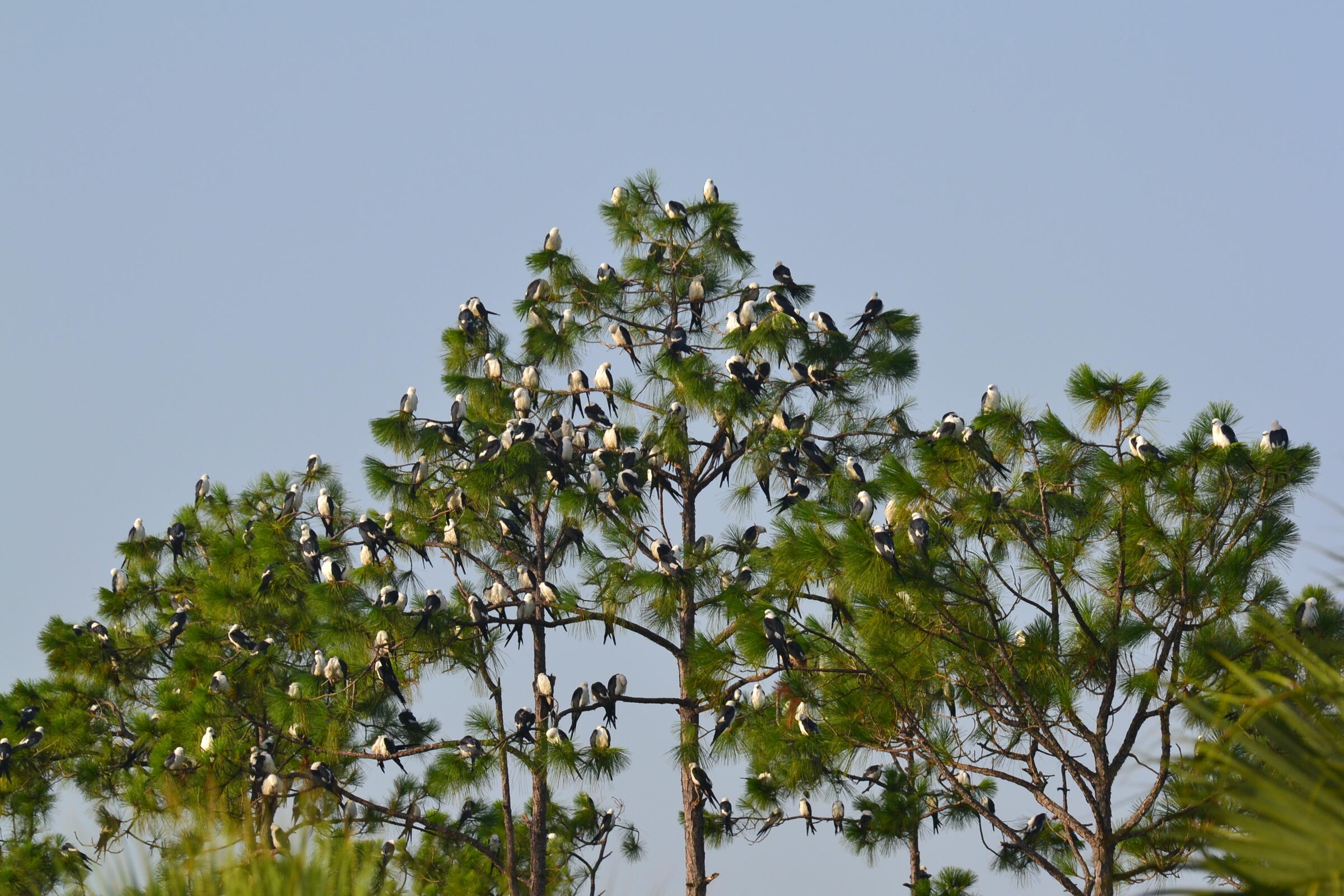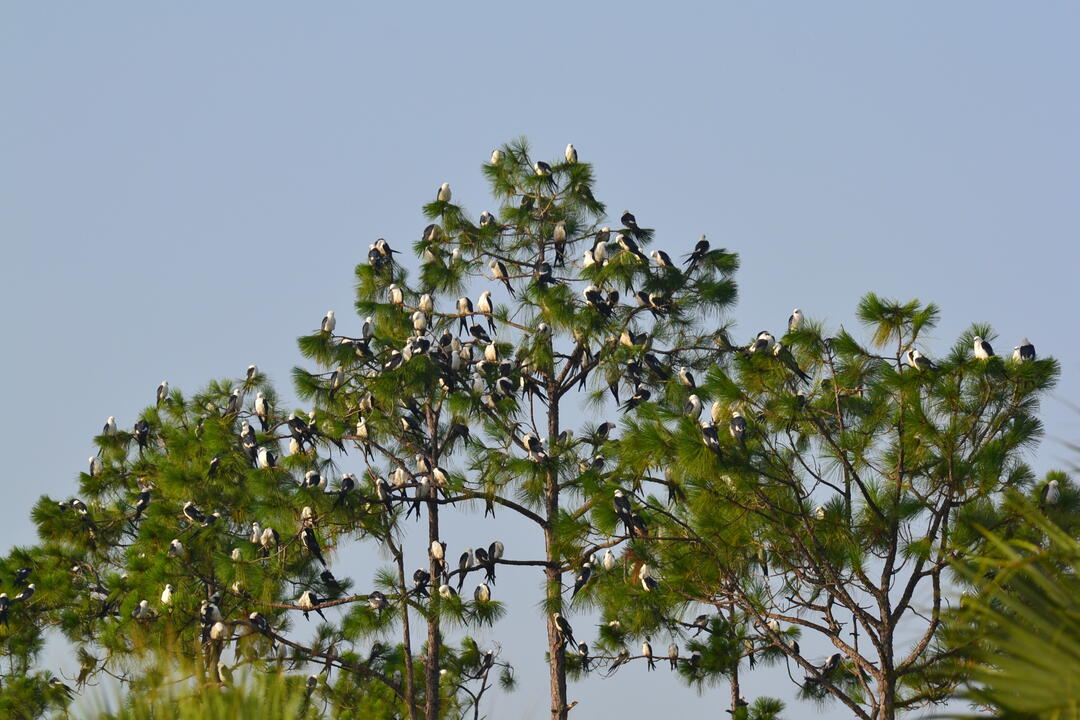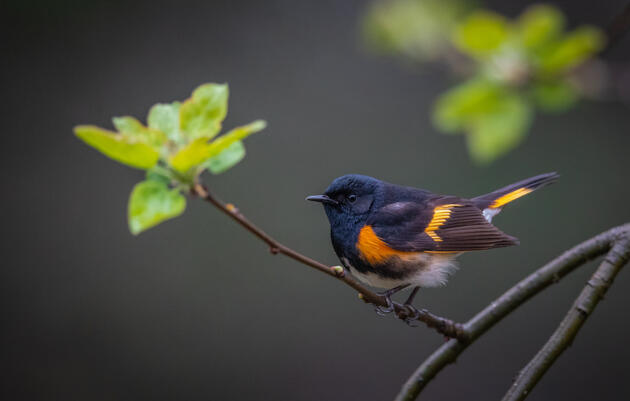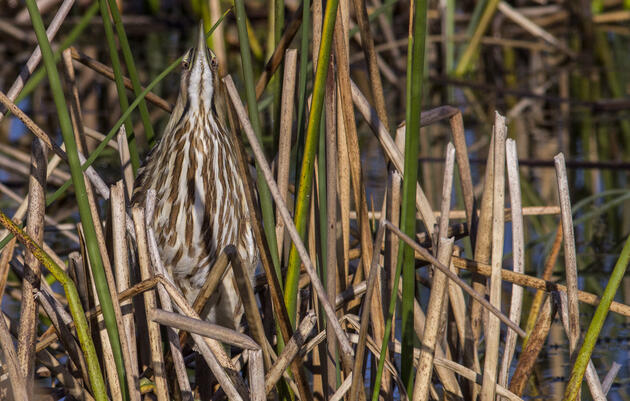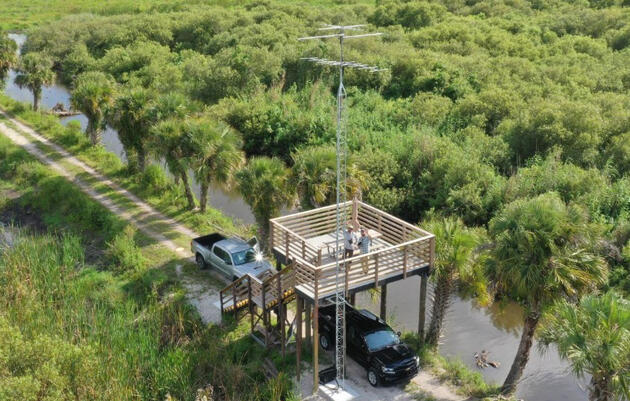Florida, surrounded on three sides by water, acts as a funnel for birds migrating across the Caribbean or Gulf of Mexico each winter. For most, these perilous, even herculean, long-distance marathons require tremendous amounts of energy and luck. As Swallow-tailed Kites tell us, certain locations in the Everglades serve as the last chance to refuel before their trans-oceanic migrations.
Named for its deeply forked tail, this iconic, black-and-white acrobat of the sky comes to North America for the breeding season. A veritable sign of spring for many Floridians, Swallow-tailed Kites begin arriving in South Florida from their wintering grounds in Brazil and Argentina in mid-February, moving farther northward to the Panhandle within one to two weeks. Some nest as far north as South Carolina and west to Louisiana.
In July, their return to wintering grounds begins with several thousand kites staging in locations like Corkscrew Swamp Sanctuary before they jump off the tip of South Florida heading for South America. They arrive with the anticipation of finding enough food to fatten up before making their way back south for winter. They know that Corkscrew Swamp serves up a sumptuous buffet of insects and other prey items rich in protein. Their fledglings will follow suit in a few weeks.
See their entire flight path with the Bird Migration Explorer from Audubon's Migratory Bird Initiative and partners.

